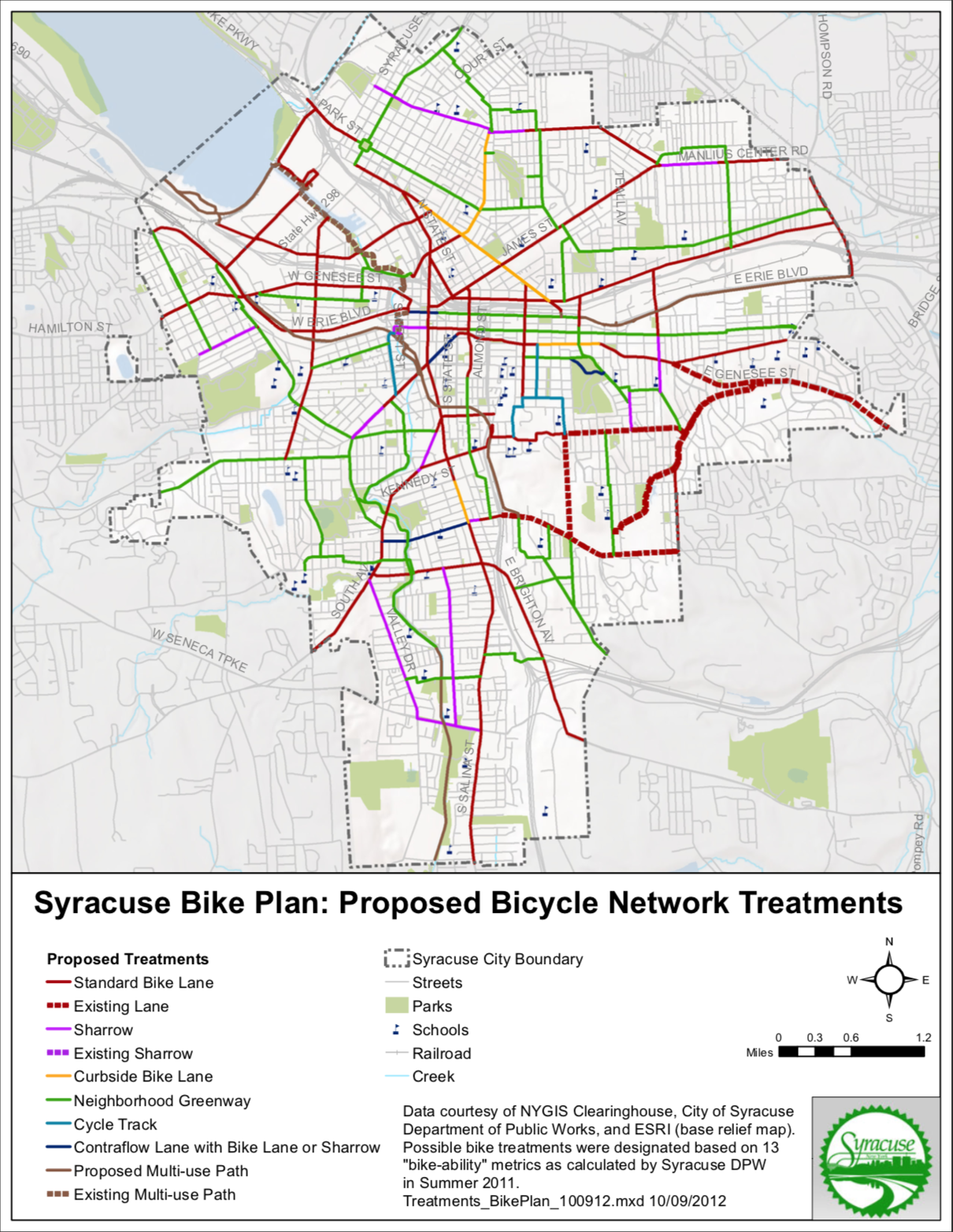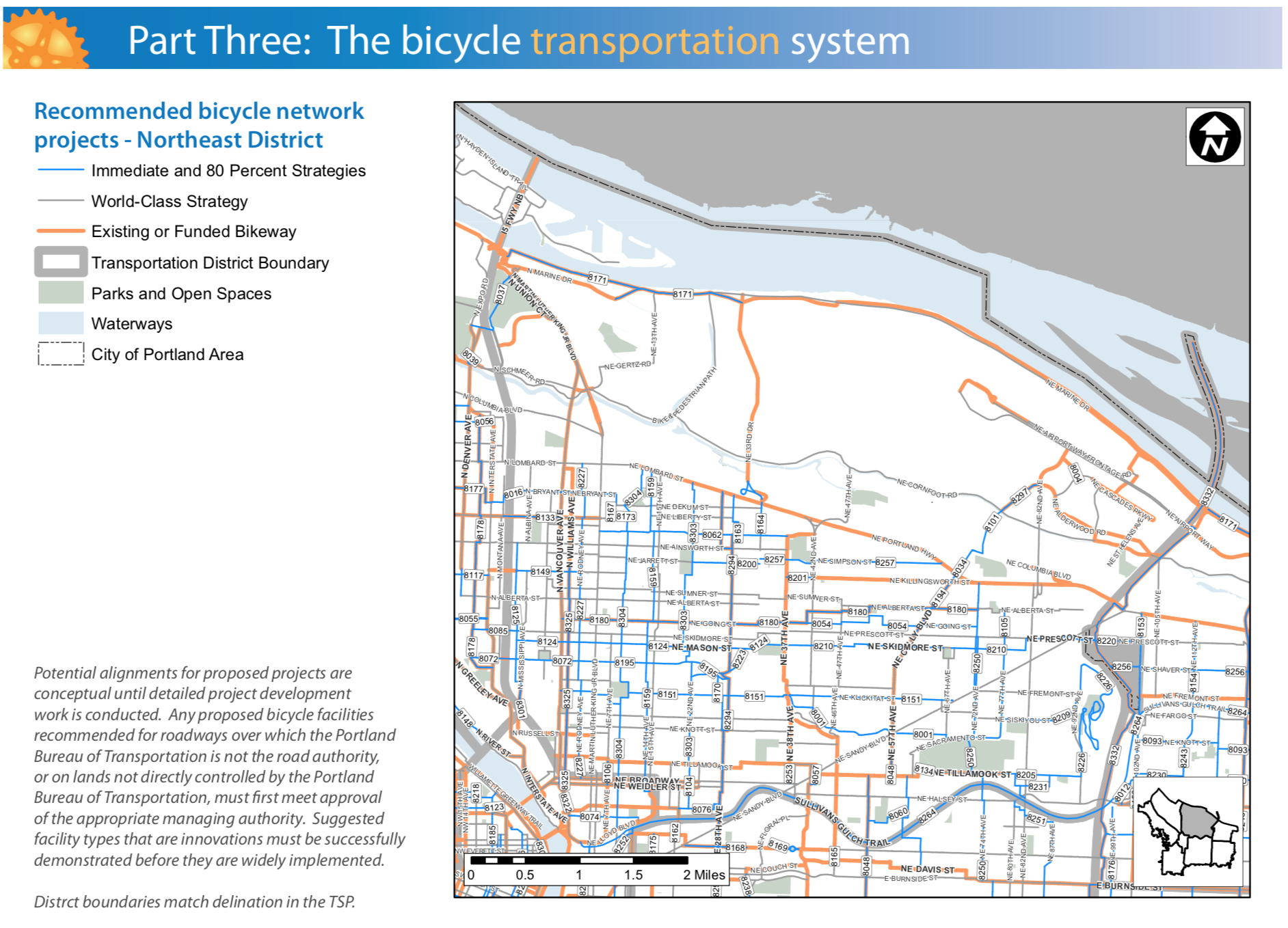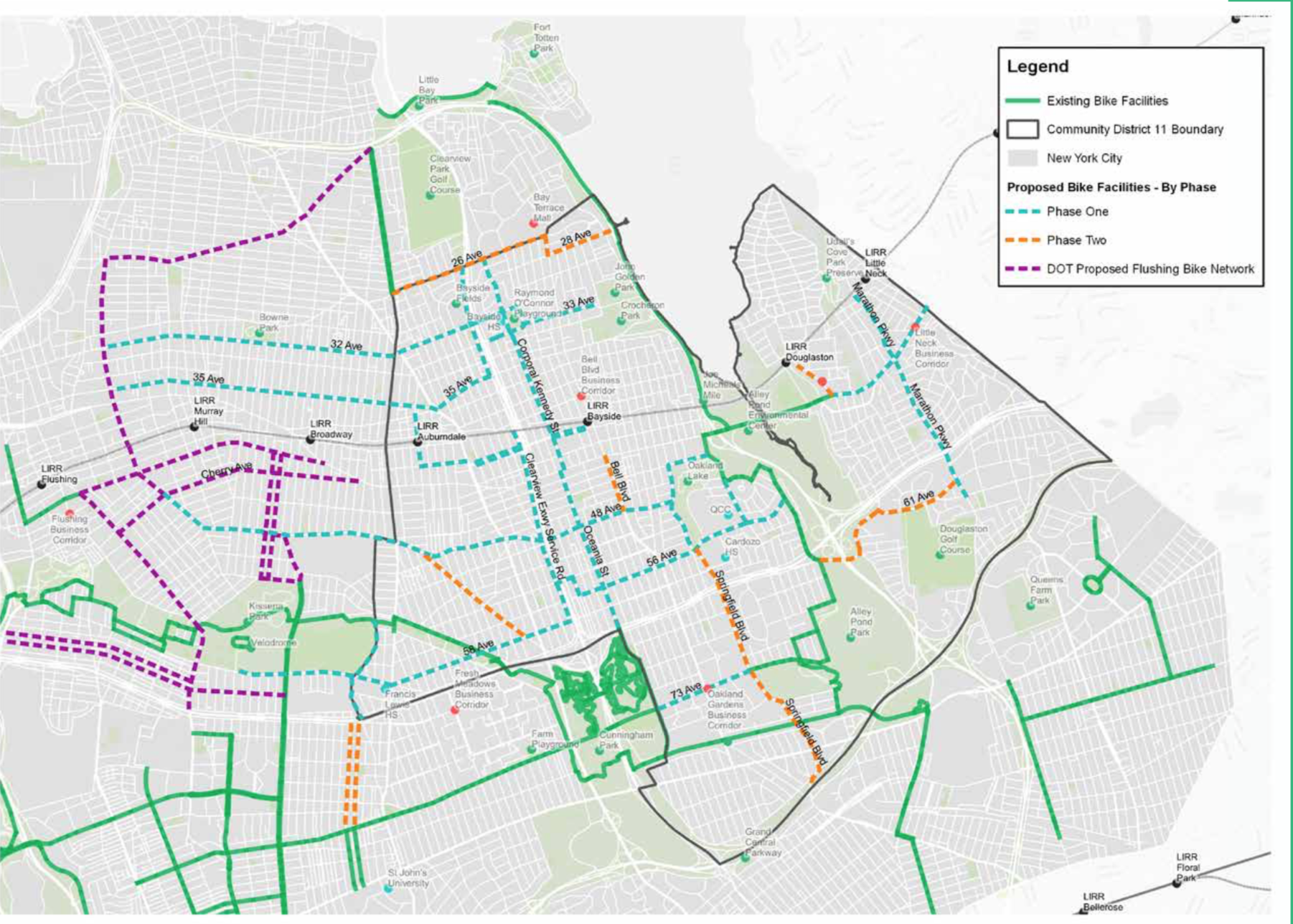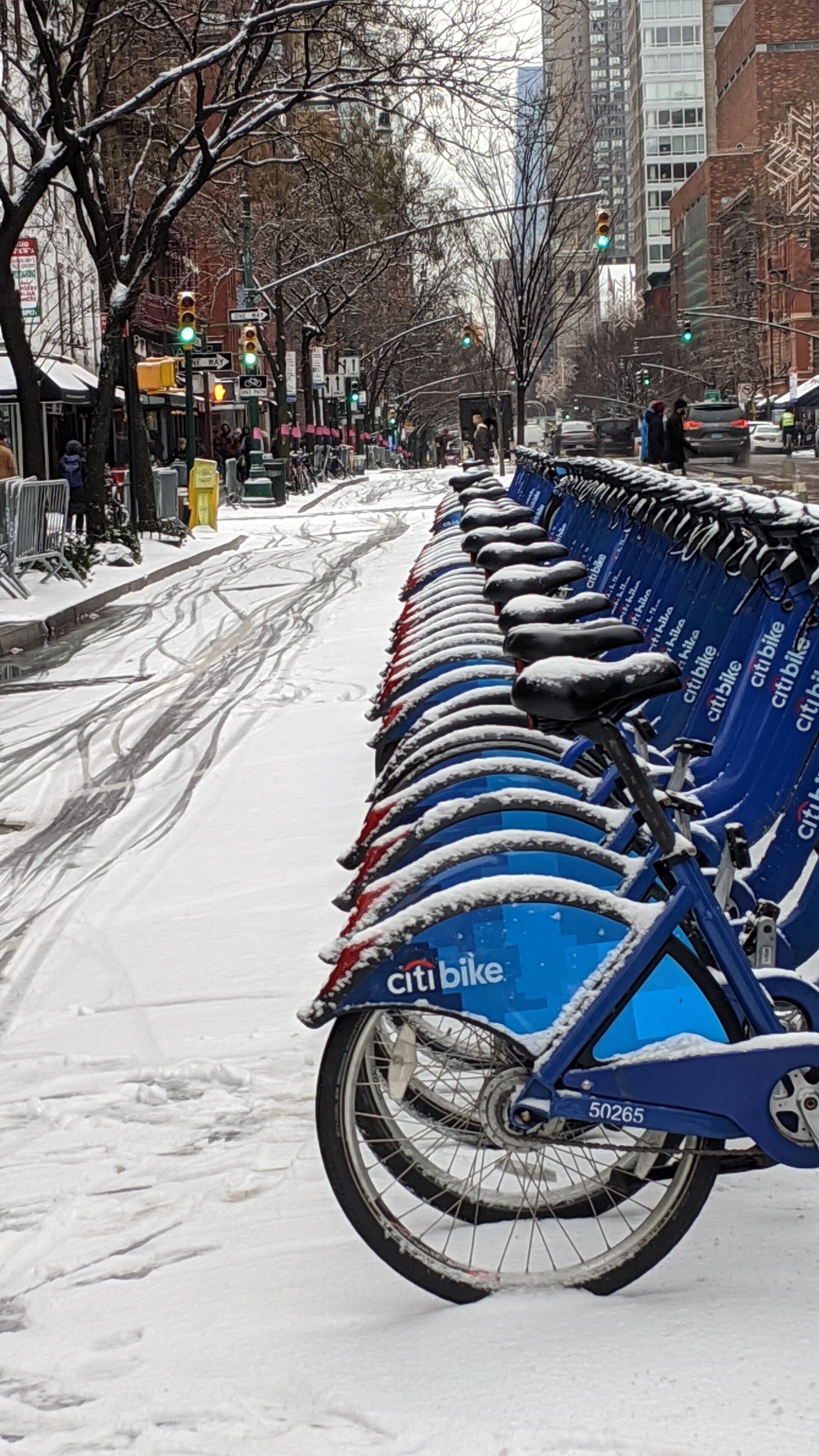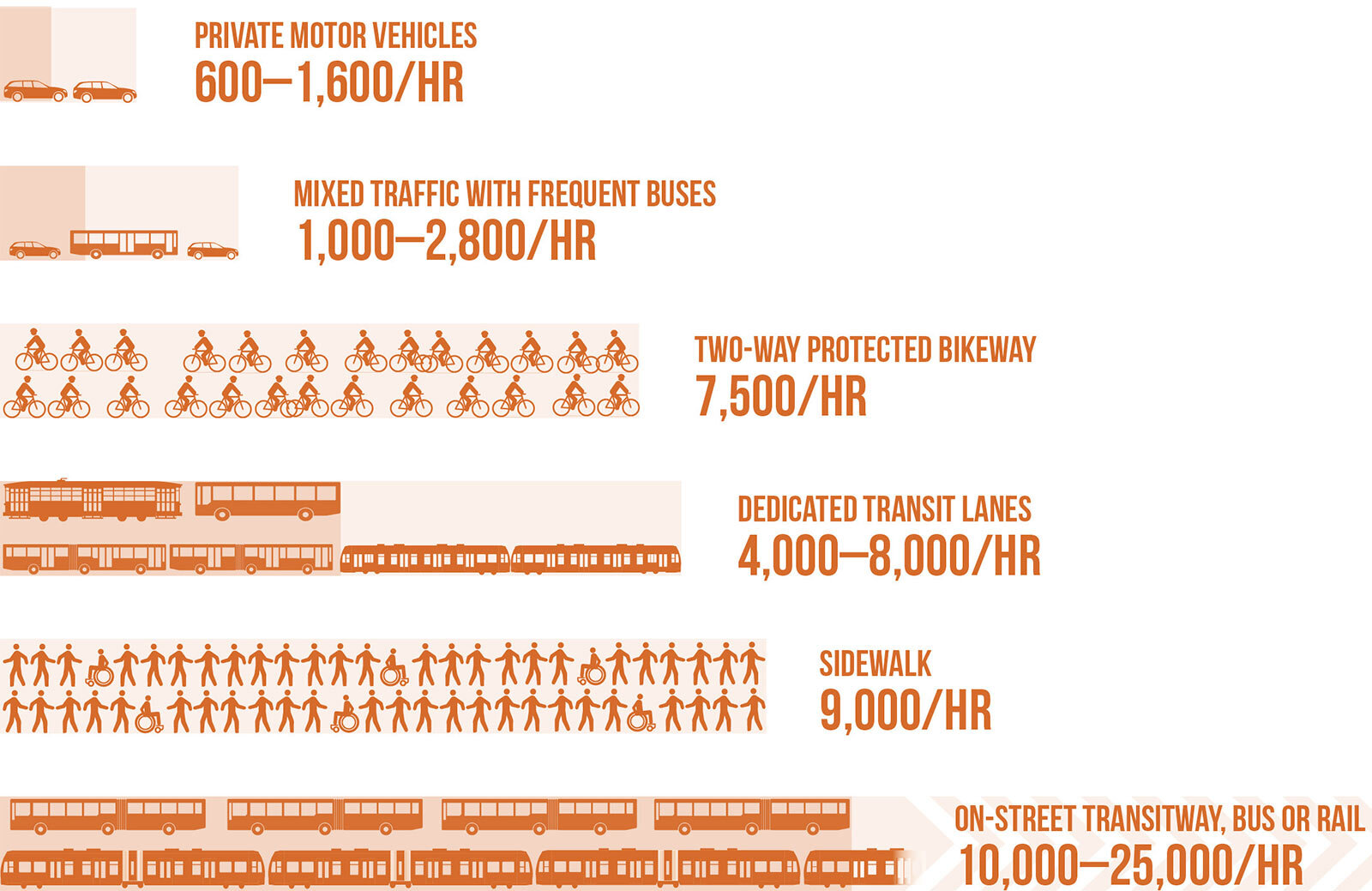Most Americans have grown up in a society where the car is the ultimate symbol of freedom. Films, television shows, and commercials showing characters hitting the open road, rarely running into traffic, and, somehow, always finding a parking spot right in front of their destination. At the same time characters who ride a bike or the bus are often people without options or at rough points in their lives.The story we’re told over and over again is that the only way to have freedom and comfort in our lives is to own our car.
This is one of the greatest lies we have all been told and that most of us buy into. But is car ownership really freedom?
First let’s think about the financial burden of vehicle ownership. AAA estimates that the average annual cost of owning a vehicle is around $9,300, which is ~$773 per month. Of course this differs based on what type of car you buy, from small sedans costing around $,7100 per year and pick-up trucks costing $10,800 per year. For comparison, the median rent in Syracuse, NY for a two-bedroom apartment, as of January 2, 2021, is $968 per month. For most people, owning a car is close to taking on a second rent. For a community with a median income of just over $36,000, over 58% of that income, before taxes, will go toward those two expenses alone, limiting their financial flexibility.
Cyclists near Syracuse University
By contrast, let’s consider the costs of cycling and using public transit. Elly Blue in her book Bikenomics states that cyclists spend only $700 per year on transportation, less than the average monthly cost of car ownership. Bike share programs are even more affordable for users. Syracuse’s Sync bikes, which will hopefully return in the spring, had an annual fee of $50, while Citi Bike in New York would run you $180 at full price. If we look at public transit, purchasing a weekly unlimited ride pass in Syracuse, NY costs $20, resulting in an annual cost of $1,040. If you’re in a larger city, like New York, again using the 7-day unlimited pass (which is the most popular pass in the MTA system), it would cost $1,716 per year. But these cost savings only go so far if the bike and transit networks are poor.
Right now, our built environment is skewed heavily towards cars, subsidizing their use and making it difficult for any other form of transportation to function properly. Even with this bias, car ownership does not equal freedom. If your car breaks down, or is in the shop for any period of time, your access to the city is greatly diminished. You either must rely on rides from others, stay home, or have an additional vehicle (and cost associated with it) at the ready. If you live in a dense neighborhood that relies on street parking, or like to frequent the more vibrant urban areas filled with bars and restaurants, you must build your life around finding parking. I’ve personally found myself refusing to leave my neighborhood after 6pm to avoid losing a coveted parking spot. To me that does not signal any form of freedom, but instead anchors me in place.
While car dependency is not freedom, the current state of transit and bike infrastructure in most of our cities also restricts us. Buses that run once or twice an hour and severely limited bike networks keep many from switching away from car ownership. But this is where we need to focus and where our investments can have the greatest impact.
As I’ve discussed before, frequent bus service, and train service where available, is vital. Knowing a bus arrives every 10-15 minutes allows a rider to show up without needing to check a schedule, with the knowledge that a bus will arrive soon. On major thoroughfares the standard should be even shorter, perhaps 5-10 minutes. Along with this increased service, cities should feel empowered to rethink their transit maps. Many haven’t been updated in decades and no longer reflect where people live or the destinations they frequent.
Beyond public transit, we should be expanding bike infrastructure across our cities to form true networks. Syracuse and Onondaga County are finally starting to see the backbone of a network appear, aided by the Creekwalk, Loop the Lake trail, and the Empire State Trail. Together these trails help cyclists, and pedestrians, reach many of the major destinations in our region, but still lack connections into neighborhoods. In order to truly improve access there needs to be a network of safe routes that connect up to this backbone. Sharrows will not cut it. Even standard bike lanes often aren’t enough. In order to really encourage bike usage protected lanes are needed. Lanes where parents feel safe letting their kids ride on their own will help shift our mentality away from needing “protective metal boxes” to ship kids around.
While bike ownership requires a much lower investment than vehicle ownership, it often does not allow for complete freedom of movement. Many people feel comfortable riding bikes in nice weather but often try to avoid riding in the rain or snow. With a robust bike share program, someone can choose to ride to their destination while it's nice out and find an alternative way home should the weather change. Grouped together with a frequent and useful bus network, riders can make choices on the fly depending on what works best for them at that moment without worrying about needing to leave their bike anywhere (although Centro buses do have bike racks to accommodate cyclists).
Two riders on Sync bikes on West Street in Downtown Syracuse
One additional piece that should be explored more vigorously by cities is the expansion of car share programs. While almost all day-to-day activities can be accomplished without a car, it’s hard to say they don’t come in handy from time-to-time. A car share program would allow for many residents to free themselves from their car ownership while providing them access to one on the occasions where they’re needed. A 2014 parking permit plan in Burlington, VT states that for every car in their car share program, 16 personal vehicles are taken off the road. With a widespread program this could help eliminate hundreds, if not thousands, of cars and free up space for additional transit and bike infrastructure.
When taken all together, a successful network of both public transit and alternative transit options would free people to move about their cities without needing to plan ahead, increasing spontaneity. This isn’t out of reach for cities. With a new presidential administration coming in that seems to understand the importance of transit, expansive programs could be in the works. And it wouldn’t even cost that much.
So, maybe it’s time that we rethink what freedom means to us and invest in projects that truly improve the lives of everyone.






